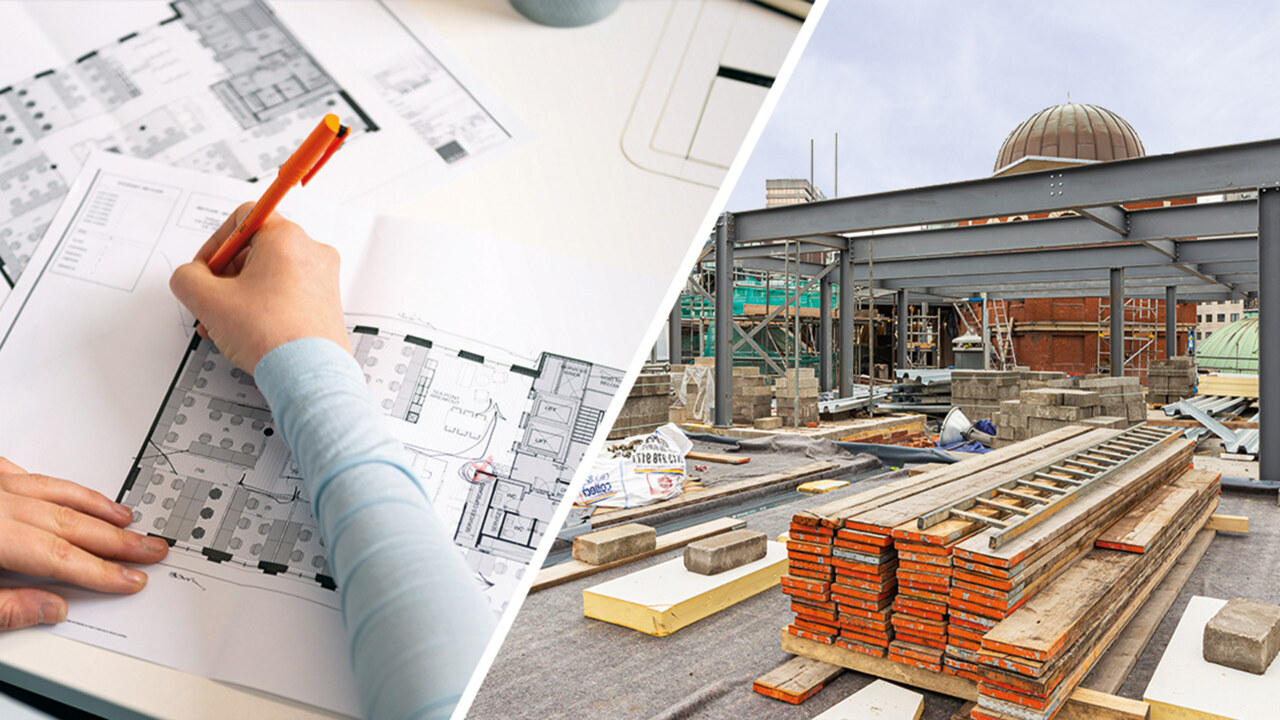
In Construction projects , there are many parties involved. It is imperative to clearly define the roles and responsibilities of all team members and ensure that they are held to account. This will help avoid confusion and delays and prevent tasks from falling through the cracks. In addition, it will minimize the risk of redundancies and slipping.
Planning a construction project
Planning a construction project involves considering a number of factors that will contribute to its success. These factors include the location of the project, the type of equipment and workers needed, and any zoning or topography restrictions. In addition to these factors, you should also evaluate the cost of the project and determine how you will finance it.
The main objective of planning a construction project is to achieve the desired outcomes. This will guide the overall design and main plan. The owner of the project should identify and document the desired goals, with the help of consultants or a trusted construction expert. Once this is completed, the owner will then need to gather the necessary resources and steps to accomplish the project. Ideally, the goals should be specific and measurable. This way, a person can know whether the project is successful or not.
The construction project should also include a detailed budget for materials, subcontractors, and suppliers. The budget should account for the materials, transportation, and warehouse needs. During the planning phase, it is wise to involve procurement managers, who can provide advice and input that will help minimize cost overruns. The project owner should also be aware of changes in market prices, which could affect the final budget.
When planning a construction project, it is important to set reasonable goals and time frames. Setting unrealistic goals can lead to problems in the project. To achieve your goals, try to create a team environment and create a common goal for all involved. Having a common goal can help to keep everyone on the same page, while making it emotional.
Activities involved in a construction project
Project activities are the tasks that are undertaken as part of a construction project. These activities need to be comprehensive and should include all work tasks that are needed. Project activities are usually associated with each design element, and they require time, resources, manpower, and equipment to complete. An activity’s duration is the amount of time needed to complete it, and the duration of its completion can be marked as a milestone in the construction plan.
Welding is the process of joining two metals together with heat, and it is an important activity in construction. Different metals and conditions require different types of welding, and the process requires great skill and safety. Welding is one of the most important activities involved in a construction project, but it can also be the most hazardous.
Projects often involve a team of people, including contractors, clients, and building owners. Establishing clear roles between each party is essential to ensure a smooth construction process. It also helps eliminate redundancies and ensures that all team members are held accountable for their tasks. In addition, clear communication will help ensure the project is completed on time and within budget.
Preparing the site for a Construction project engineer is another important activity. This step sets the tone for the rest of the process. Proper site preparation is vital to the construction process, and can be managed through construction schedule software. These plans can also be shared with local authorities and stakeholders. A successful plan will have a detailed understanding of the project’s scope, which includes all the activities and deliverables.
Contracting for a construction project
A construction contract is a legal document that details the responsibilities of the owner and the contractor, and outlines the project’s requirements. It also covers important topics such as liens, penalties, withholding, and dispute resolution. It also includes the terms and conditions that will apply to the project, including liquidated damages and termination procedures.
The price of a construction contract is an important element of the contract. The price includes the direct project cost, field supervision expenses, and contractor markups for profit and overhead. Generally, the price is negotiated before the contract is signed. Other important aspects of a contract include payment terms and the payment basis. The payment basis specifies how much the contractor will retain on each application for payment. Other terms and conditions include the date the payment is due, the interest accrued, and the penalty for late payment.
In many cases, a contract is important for the project’s health and safety. OHS obligations vary between jurisdictions, so it’s important to familiarize yourself with local laws before entering into a construction contract. In some jurisdictions, the contracting party is considered the “prime contractor” and responsible for the overall health and safety of the site.
Cost of a construction project
Estimating the cost of a construction project is a key task in the planning process. It is important to make accurate estimates because the total cost of a construction project can vary significantly. Estimators use published national average cost data to arrive at an estimate. However, knowing the data is not enough to become a skilled estimator. The cost of a construction project must be inclusive of all relevant costs, including labor, material, and services. Moreover, it should include all applicable taxes and insurances.
Estimating the costs of a construction project requires a detailed understanding of the cost per square foot and the costs of materials. Moreover, cost estimates should be made at the preliminary stage, which is called the schematic stage. This phase is followed by the construction drawing stage. Construction drawings are necessary to understand the engineering of a building or construction project. However, they can be vague and can be difficult to interpret.
As Chicago construction projects involve a large number of components, cost estimation is crucial. This includes building a model that can estimate the costs of each component. In addition to the costs of materials, labor, and permits, construction costs also include financing, professional services, and furnishings. Furthermore, estimating the costs of each of these elements should be based on a list of common relationships between them.
The scope of the work is another important element that affects the cost. The contractor, architect, and engineer define the scope of work. The scope of work and the context in which the project is carried out will affect the price. A contractor may charge more for a particular phase than for another.
Commissioning a construction project
Commissioning a construction project consists of fine-tuning a system or a plant to function at its optimal level. It usually involves consultation with the owner and SME consultant, the development of a performance guarantee, the procurement of specialized testing equipment, and the definition of a methodology for evaluating test results. The commissioning phase produces a large amount of data, so it’s critical to document the findings.
Commissioning a construction project is a critical part of the construction process, from the initial planning stages to the end of the project. The process begins early in the design phase and continues throughout the construction phase and into the operations phase. The culmination of this process is the functional testing of installed systems, as well as the completion of the project’s warranty period.
To ensure the commissioning process is successful, the architect should be able to communicate effectively. He or she will interact with many different parties throughout the process, from the construction team to the building’s O&M staff. Effective communication ensures a smooth transition and a high-quality finished building. This will lead to a satisfied owner.
The purpose of commissioning is to ensure that the construction project meets the goals and requirements defined in the Owner’s Project Requirements (OPR). The OPR document outlines project performance goals, including energy and operational benchmarks. It also outlines high-level schedule dates and other performance criteria for the project. The OPR is an important document, and it should be developed in collaboration with the Owner and the CxP team.
The commissioning process helps align the resources, teams, and timelines of the construction project with the needs of the owner. It also helps the owners obtain appropriate certifications. In addition, commissioning helps owners implement technologies and systems that reduce operational costs and improve the quality of the work.









